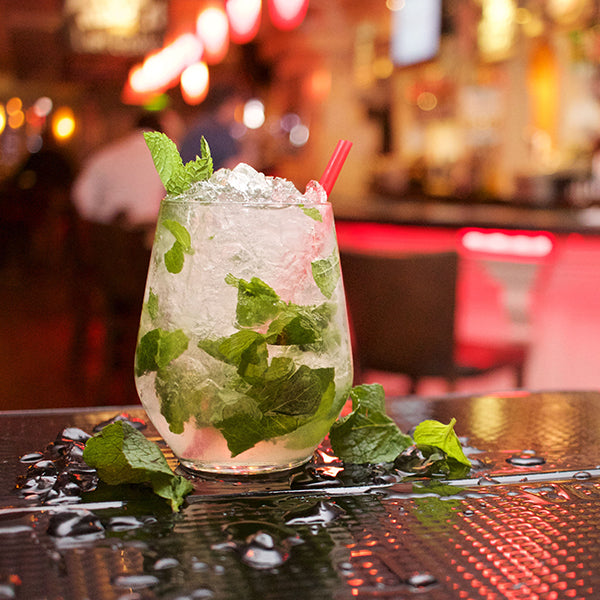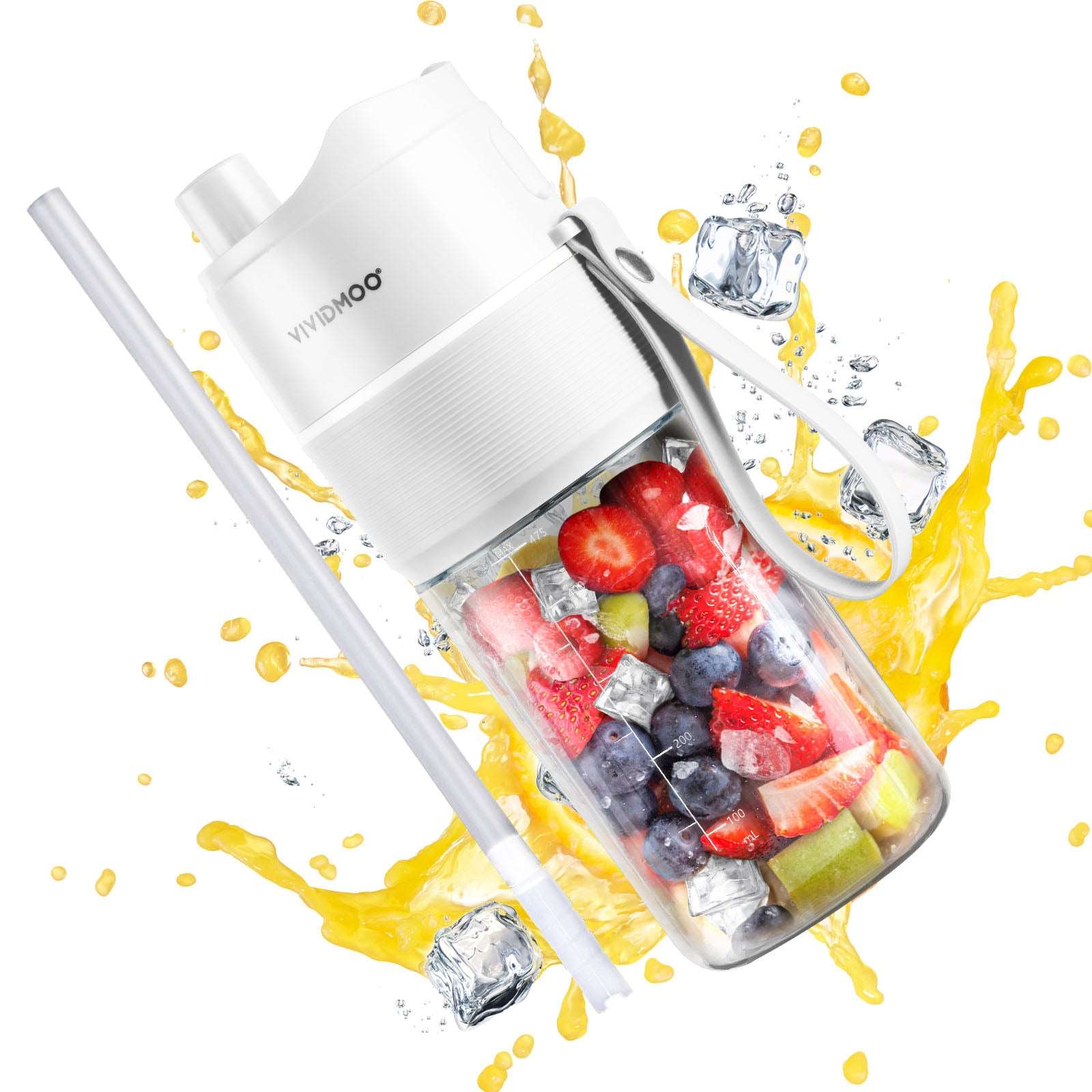Discovering the Frosty Secrets of Ice Adhesion
Have you ever wondered why your tongue or fingers instantly stick to an ice cube? It's a common experience, often followed by a mix of surprise and discomfort. But what's the science behind this chilly phenomenon? Let's dive into the frosty details.
The Chilling Mystery: Why Ice Clings to Your Skin
There's something undeniably fascinating about the way ice adheres to our skin. It's a phenomenon that's puzzled and amused people for generations. In this article, we'll explore the scientific principles behind why ice sticks to your tongue and fingers, with a special focus on different types of ice like nugget ice, chewable ice, and more.
The Science Behind Ice Adhesion to Skin
The seemingly simple act of ice sticking to the skin is a complex interplay of physics and biology. When your warm skin touches an ice cube, a rapid heat exchange occurs. The warmth of the skin transfers to the ice, causing its surface layer to melt momentarily. This melted layer forms a thin film of water which, due to the continued presence of cold from the ice, quickly refreezes. This refreezing effectively 'glues' the skin to the ice.

On a microscopic level, this process is governed by the properties of water molecules. Ice, being the solid state of water, has molecules arranged in a lattice structure, held together by hydrogen bonds. When ice melts, these bonds are temporarily broken, allowing the molecules to flow more freely as liquid water. However, as the temperature drops again, these bonds reform, turning the water back into ice.
The skin plays a crucial role in this process as well. Human skin naturally has moisture (sweat and oils) and is typically warmer than the ice. This moisture enhances the thermal conductivity, allowing for a more efficient transfer of heat to the ice. The stickiness is intensified by the fact that skin is not a perfectly smooth surface, providing more contact points for the ice to adhere to.
Understanding this phenomenon is not only fascinating but also a testament to the everyday applications of thermodynamics and physical chemistry. It's a reminder of how common experiences can be windows into complex scientific principles.
Nugget Ice: A Unique Culprit
Characteristics and Behavior of Different Types of Ice Nugget ice, pellet ice, and traditional ice cubes each behave differently when they come into contact with skin, primarily due to their distinct physical properties. Nugget ice, known for its soft and porous texture, sticks more readily to skin. This is because its larger surface area (due to the air pockets within it) allows for more heat exchange and, subsequently, a quicker and more efficient melting and refreezing process upon skin contact.
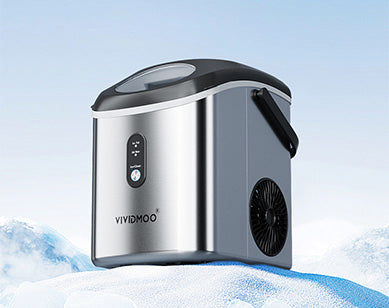
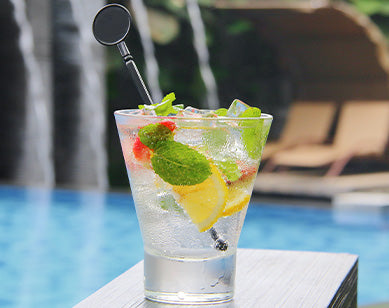
Pellet or pebble ice, with its irregular shape and crunchy texture, also exhibits a greater tendency to stick. The uneven surface of these ice forms means there are more points of contact with the skin, leading to increased instances of sticking compared to smoother, traditional ice cubes.
Contrastingly, traditional ice cubes, being harder and more solid, have a lower surface area in contact with the skin, which means less heat transfer and a slower melting-refreezing process. This explains why they are less likely to stick to the skin compared to nugget or pellet ice.
Practical Tips to Prevent Ice Sticking
While ice sticking to the skin is generally harmless, it can be uncomfortable. To mitigate this, several practical steps can be taken. First, handling ice with dry hands significantly reduces the likelihood of sticking, as moisture is a key facilitator of this process. Using tools like tongs or gloves when handling ice can also be effective.
In terms of consumption, letting ice cubes sit at room temperature for a short period before use can decrease their propensity to stick. This is particularly useful when using ice types like nugget or pellet ice, which are softer and stick more readily.
Another useful tip is to be mindful of environmental conditions. On warmer days, the contrast in temperature between your skin and the ice is greater, increasing the chances of sticking. Being aware of this can help in taking preventive measures, like using insulated containers or minimizing direct contact with ice.
These tips are not only practical but also serve as interesting applications of the scientific principles behind ice adhesion. They demonstrate how a basic understanding of science can be applied to everyday situations, making our interactions with natural phenomena like ice more comfortable and enjoyable.
Comparing Different Types of Ice
From nugget to crunchy ice, each type has its own unique properties that influence how and why it sticks to your skin. Some are more prone to sticking than others, but all share the same basic scientific principles.
Real-Life Experiences with Ice Sticking
Many of us have childhood memories of licking an ice cube or a frosty pole, only to find our tongue stuck. These experiences, while amusing, illustrate the practical aspects of the science we've explored.
FAQs: Addressing Common Curiosities
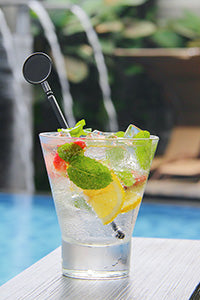
The Fascinating World of Ice
Understanding why ice sticks to our skin is more than just a quirky bit of knowledge. It's a glimpse into the fascinating world of physics and the everyday science that surrounds us. Whether you're sipping a drink with nugget ice or using a countertop ice maker, remember the science behind each frosty cube.
Efficient Ice Production: Debunking Myths About Portable Ice Makers' Energy Use
Are Portable Ice Makers High Electricity Consumers?
In today's eco-conscious world, the energy efficiency of kitchen appliances like portable ice makers is a hot topic. Amidst rising popularity for their convenience in producing various types of ice such as nugget, sonic, and chewable ice, questions arise about their electricity consumption. This article aims to demystify the energy usage of portable ice makers, contrasting them with other appliances and emphasizing the efficiency of popular ice types including nugget, sonic, chewable, pellet, pebble, and soft ice.
Understanding Portable Ice Makers:
Lorem ipsum dolor sit amet, consectetur adipisicing elit, sed do eiusmod tempor incididunt ut labore et dolore magna aliqua. Ut enim ad minim veniam, quis nostrud exercitation ullamco laboris nisi ut aliquip ex ea commodo consequat. Duis aute irure dolor in reprehenderit in voluptate velit esse cillum dolore eu fugiat nulla pariatur.
Portable ice makers stand out as an efficient, convenient, and eco-friendly solution for ice production. They cater to the modern demand for a variety of ice types, including nugget, sonic, and pellet ice, while maintaining impressive energy efficiency. Adding a portable ice maker to your home ensures minimal impact on your electricity bill, making it an intelligent choice for those seeking both convenience and sustainability.
Our Blog Posts
TIPS TO MAKE YOUR COFFEE BETTER THAN EVER
Our Customers’ Feedback
FIND YOUR ANSWER
FROM REAL CUSTOMERS
Do you need additional content?
